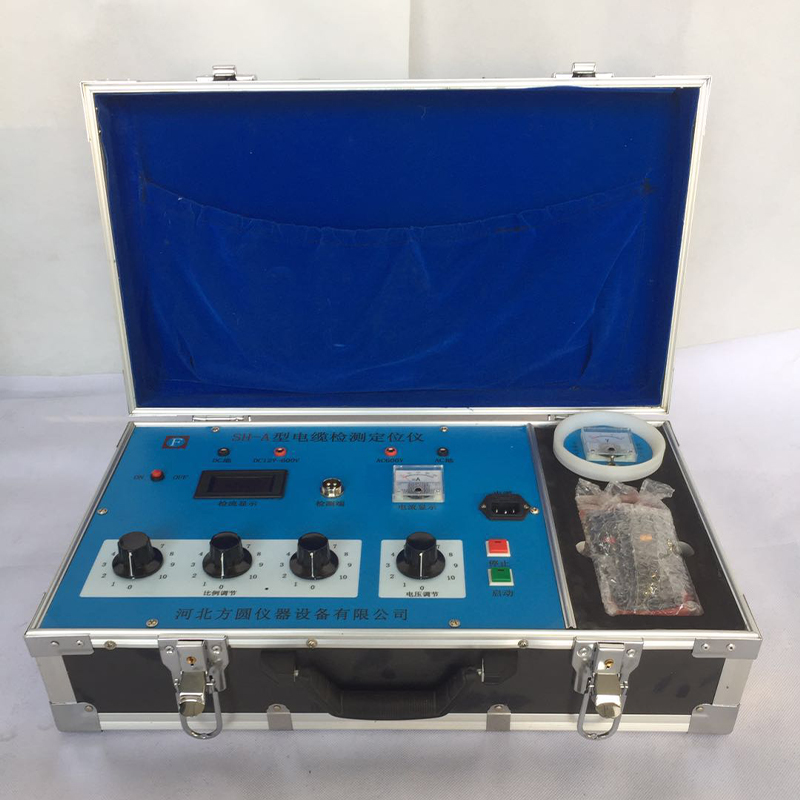fire resistance digital tester
The Importance of Fire Resistance Digital Testers
In an age where safety and compliance hold paramount importance in various industries, the utilization of fire resistance digital testers has become a crucial aspect of material testing and evaluation. These advanced instruments are designed to assess how effectively materials can withstand fire and high temperatures, which is essential for a range of applications from construction to aerospace.
Understanding Fire Resistance Testing
Fire resistance testing involves subjecting materials to controlled fire conditions to determine their behavior under heat, smoke, and flames. This process assesses various factors, including ignition time, flame spread, and the duration a material can maintain structural integrity when exposed to extreme temperatures. The results from these tests help manufacturers ensure compliance with international safety standards and regulatory requirements.
What is a Fire Resistance Digital Tester?
A fire resistance digital tester is a sophisticated device that measures and records the performance of materials in fire-related scenarios. Unlike traditional testing methods, these digital testers provide accurate, real-time data, enabling users to analyze material performance quickly and efficiently. They often come with advanced features such as programmable testing conditions, data logging, and user-friendly interfaces that simplify the testing process.
These testers typically utilize various methodologies, including the use of thermocouples to measure temperature changes and infrared cameras to observe flame spread and smoke production. The data collected can be analyzed to provide a comprehensive understanding of a material's fire resistance capabilities.
Applications of Fire Resistance Digital Testers
fire resistance digital tester

The applications of fire resistance digital testers are vast and varied. In the construction industry, for instance, these testers are crucial for evaluating the fire resistance of building materials such as concrete, steel, and insulation products. Ensuring that these materials meet fire safety standards can significantly mitigate the risk of fire hazards in residential and commercial buildings.
In the aerospace sector, materials used in aircraft and spacecraft must undergo rigorous fire resistance testing to ensure passenger safety and structural integrity. Testing materials under simulated flight conditions provides valuable insights into their performance at high altitudes and extreme temperatures.
Moreover, the automotive industry also benefits from fire resistance testing. With the increasing focus on electric vehicles, materials used in batteries and electric circuits must be evaluated for their fire resistance capabilities to prevent catastrophic failures.
The Advantages of Using Digital Testers
Digital fire resistance testers offer numerous advantages over traditional testing methods. Firstly, the accuracy and precision of digital measurements reduce the risk of human error, ensuring reliable results. Secondly, the ability to record and store data electronically facilitates easy analysis and sharing of results, promoting a more efficient testing workflow.
Additionally, many digital fire resistance testers are designed to comply with international testing standards, such as ASTM E119 or ISO 834, ensuring that results are credible and recognized worldwide. This compliance not only meets regulatory obligations but also enhances the credibility of manufacturers in the marketplace.
Conclusion
In conclusion, fire resistance digital testers play a vital role in ensuring the safety and compliance of various materials across multiple industries. Their advanced technology, accuracy, and ease of use make them indispensable tools for manufacturers committed to producing safe and reliable products. As fire safety regulations continue to evolve, the adoption of digital testers will undoubtedly become more widespread, contributing to a safer built environment for everyone.
-
Why the Conductor Resistance Constant Temperature Measurement Machine Redefines Precision
NewsJun.20,2025
-
Reliable Testing Starts Here: Why the High Insulation Resistance Measuring Instrument Is a Must-Have
NewsJun.20,2025
-
Flexible Cable Flexing Test Equipment: The Precision Standard for Cable Durability and Performance Testing
NewsJun.20,2025
-
Digital Measurement Projector: Precision Visualization for Modern Manufacturing
NewsJun.20,2025
-
Computer Control Electronic Tensile Tester: Precision and Power for the Modern Metal Industry
NewsJun.20,2025
-
Cable Spark Tester: Your Ultimate Insulation Assurance for Wire and Cable Testing
NewsJun.20,2025
 Copyright © 2025 Hebei Fangyuan Instrument & Equipment Co.,Ltd. All Rights Reserved. Sitemap | Privacy Policy
Copyright © 2025 Hebei Fangyuan Instrument & Equipment Co.,Ltd. All Rights Reserved. Sitemap | Privacy Policy
